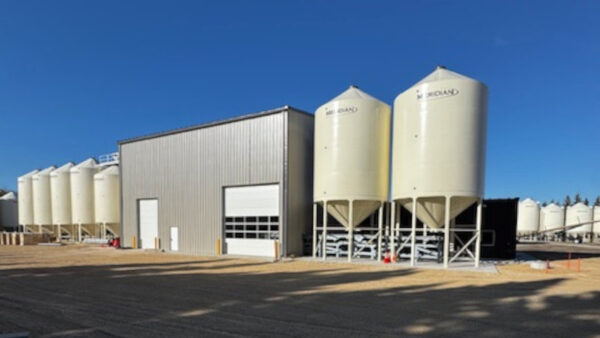While there is huge potential for sub-Saharan Africa to increase agricultural productivity, the odds that the region will become the world’s next breadbasket are low, according to a new study from the University of Nebraska-Lincoln.
Breadbaskets are regions that produce a large and stable surplus of one or more major food crops that not only meet local demand, but substantially contribute to the food supply in other regions. By this definition, there are only a few major breadbaskets in the world. The only rain-fed corn and soybean breadbaskets are the U.S. Corn Belt, Brazilian Cerrados and Argentinean Pampas.
“Even though there are not very many breadbaskets, they are critically important because they account for a major part of global food production,” says Patricio Grassini, assistant professor of agronomy and horticulture at Nebraska and a co-author of the study.
Current yields in sub-Saharan Africa are well below what could be achieved given the region’s farmable land and annual rainfall. The area receives more rainfall per year than other breadbaskets around the world. Given these factors, there is a persistent narrative that sub-Saharan Africa has the potential to become a grain breadbasket if production is intensified.
However, the study noted that a lack of data on soil depths that will support root growth has limited rigorous evaluations of how well sub-Saharan soils can support high, stable yields. According to Grassini, this is a critical parameter because deeper soils can buffer against rain-free periods. Current soil-depth data lacks adequate underpinning data, Grassini said.
Soils in the U.S. Corn Belt are deep and young, laid down during the past 20,000 years, whereas sub-Saharan soils are weathered and much older, dating back at least 540 million years. In the U.S. Corn Belt, the soils are deeper than 1.5 meters.
For this study, researchers used data provided by the Global Yield Gap and Water Productivity Atlas for 105 locations in major corn-producing countries in the region. Researchers explored a number of different soil-depth scenarios – from 0.5 to 1.5 meters – to determine production potential for sub-Saharan Africa.
“We found that for the region to meet its own demand and have a small surplus of (corn), they need to have the same soil depth as soils in the U.S. Corn Belt, and that is very unlikely,” says Nicolas Guilpart, a former postdoctoral researcher at Nebraska and a co-author of the study. Guilpart is now an associate professor at AgroParisTech in France.
Co-author Kenneth Cassman, emeritus professor at Nebraska and fellow of the Daugherty Water for Food Global Institute, said rapidly increasing demand could also limit sub-Saharan Africa’s breadbasket potential.
“By 2050, the population of sub-Saharan Africa is expected to more than double,” he says. “This means that even if agricultural production intensifies, it will likely not be able to produce a surplus of food to be exported to global markets.”
The results of the study were published in the latest issue of Environmental Research Letters.
Support for the research was provided by the Bill and Melinda Gates Foundation and the Daugherty Water for Food Global Institute.
Additional co-authors include researchers from Wageningen University and ISRIC-World Soil Information, both in the Netherlands, and the International Crops Institute for the Semi-Arid Tropics in Kenya.
Source: University of Nebraska-Lincoln











